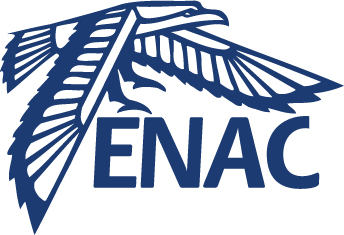Smart Exploitation of Pseudorange and Pseudorange-rate Error Characterization to Improve the PVT Solution
Résumé
Stand-alone GNSS positioning is challenged to meet the applications’ demanded accuracy and reliability in urban environments. In order to obtain an optimal and reliable position estimate using GNSS, it is necessary to have an accurate model of the pseudorange and pseudorange-rate error terms’ distributions. Previous research contributions addressed the statistical characterization of the pseudorange measurements’ multipath and noise error components in an urban environment by proposing a methodology to isolate the multipath error and the thermal noise component from the pseudorange measurement. The proposed methodology was adapted to include dual constellation measurements in the L1 band, GPS L1 C/A and Galileo E1 OS signal measurements. Moreover, a reliable classification of the signal reception conditions, Lion-of-Sight (LOS) and Non LOS (NLOS), was addressed. The work conducted in this article consists first in further adaptingthe methodology proposed in the previous work to the pseduorange rate (Doppler frequency) measurement and second, in inspecting the benefits of the derived pseudorange and pseudorange-rate measurements’ error component characterizations when applied on the PVT navigation solution. Finally, the analysis of the PVT estimation performance based on satellite measurement selection principle is presented.
| Origine | Fichiers produits par l'(les) auteur(s) |
|---|
Loading...
